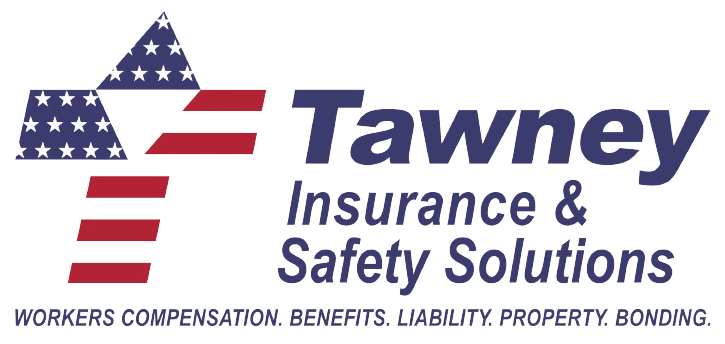Rooftop Welding Safety: Best Practices for High-Risk Work
You're 30 feet up, welding gas lines on a commercial roof. Hot sparks are flying, wind is picking up, and one mistake could mean a damaged roof or serious injury. Job site safety on rooftops isn't just about checking boxes, it's about protecting your team and your business from costly accidents.
Rooftop welding combines height risks with fire hazards and electrical dangers. Here's what separates professional operations from accident-prone job sites.
Before You Start Welding: Essential Safety Setup
PPE and Fire Prevention
Welders require appropriate helmets, flame-resistant clothing, and leather gloves. Supporting crew members need eye protection and fire-resistant gear too.
We've seen welders' jackets catch fire when spark patterns shifted unexpectedly. Quality PPE gives your team those seconds to respond before a minor incident becomes a major injury.
Equipment Inspection
Inspect welding leads before each use. Look for cuts, burns, or exposed wire that create shock hazards. Damaged leads affect weld quality and can cause dangerous equipment failure.
Verify your grounding connection is secure and positioned properly. Poor grounding creates arc instability and increases shock risk. On rooftops, ensure the ground clamp connects to clean metal and won't interfere with other activities.
Organize Your Work Area
Cluttered work areas cause accidents. With welders wearing face shields and helpers moving around with grinders, visibility is limited. Keep your work zone organized with designated spots for tools, welding rods, and safety equipment.
Plan material support carefully. Avoid spreading support stands too far apart, especially when adding pipe sections that shift weight distribution. Unbalanced materials can slip or fall, creating hazards for workers below.
Fire Watch: Your Most Important Team Member
Fire Suppression Equipment
A household fire extinguisher won't cut it for commercial welding. Rooftop operations require substantial fire suppression, typically a 20-pound ABC fire extinguisher minimum. Natural gas industry clients often require 30-pound units.
Position the extinguisher within easy reach of your fire watch person. In an emergency, seconds matter.
Fire Watch Training
Your fire watch has one job: preventing and responding to fires. They can't check their phone, handle other duties, or get distracted. Their eyes stay on the welding operation and surrounding area constantly.
Train fire watch personnel to recognize different types of fires and appropriate responses. They need clear communication protocols and must know when to attempt suppression versus when to evacuate immediately.
Managing Rooftop Risks
Weather and Height Safety
Implement fall protection systems that work with welding operations
Plan harness and safety line placement to avoid interference with welding positions
Establish wind speed limits and monitor conditions continuously
Develop weather policies that prioritize safety over schedule pressure
Spark and Electrical Safety
Establish clear boundaries around welding areas
Communicate spark landing zones to all personnel, including workers below
Keep work areas clean of metal shavings and combustible debris
Emergency Planning
Create emergency plans with evacuation routes and team member roles
Practice procedures regularly until responses become automatic
Establish backup communication with ground personnel
Investigate all incidents thoroughly and share lessons learned
Building a Safety Culture
Leadership Commitment
Safety starts with leadership that prioritizes protection over schedule pressure. When supervisors consistently make safety decisions, workers respond accordingly. Make safety discussions part of every job planning meeting.
Continuous Improvement
Regular safety discussions help maintain awareness and introduce new techniques. Include real examples from your projects to make training relevant and memorable.
Encourage worker feedback about safety procedures. Front-line workers often identify hazards that supervisors miss. Creating channels for safety suggestions shows everyone's input matters.
Making Safety Standard Practice
Rooftop welding safety requires systematic preparation, proper equipment, and constant attention to detail. Every element from PPE selection to fire watch training contributes to completing projects without incidents.
The goal isn't just regulatory compliance. It's building operations where safety becomes automatic, where team members look out for each other, and where going home safely is never left to chance.
Remember: we're always chasing safety, and hopefully, you'll work a little bit safer today. When safety becomes part of your team's culture, productivity and quality naturally follow. Take the time to do it right. Your team and your business depend on it.
